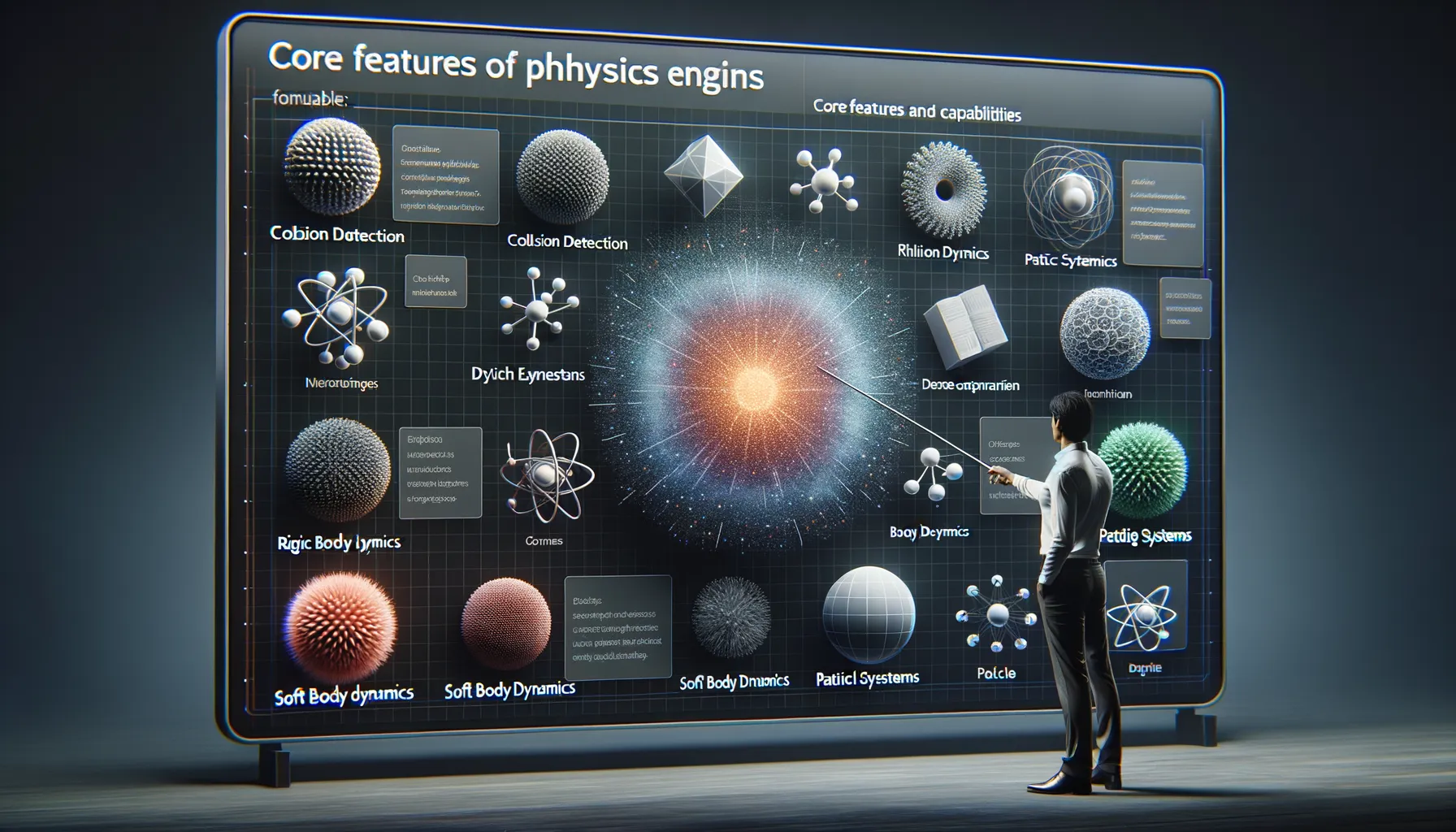Basics of Coin Grading and Its Importance
What Exactly Is Coin Grading?
Imagine holding a coin that looks centuries old. Is it worth hundreds? Thousands? Or just the value of its metal? This is where coin grading works its magic. At its core, coin grading is the process of evaluating a coin’s condition and assigning it a grade on an established scale. It’s a bit like judging a beauty contest but with an intense spotlight on every tiny detail—from surface blemishes to minting flaws.
Why does this matter? Because the difference between a coin graded as “Very Fine” versus “Mint State” could mean a jump in value that’ll make your jaw drop. Collectors and investors want to know exactly what they’re dealing with, and grading creates a universal language for the quality of coins. Think of it as the DNA test of numismatics—it reveals truths you couldn’t see with the naked eye.
The Power of Grading: A Collector’s Compass
Grading isn’t just about value; it’s your guide in a world of countless coins. Here’s why it matters for collectors:
- Authenticity assurance: Proper grading helps verify that your coin is the real deal, not a clever fake.
- Confidence in pricing: A certified grade bridges trust between buyers and sellers.
- Protecting your investment: Graded coins often come in sealed cases, shielding them from damage.
You’re not just collecting coins; you’re preserving history, and grading ensures you have the full picture.
Factors That Influence a Coin’s Grade
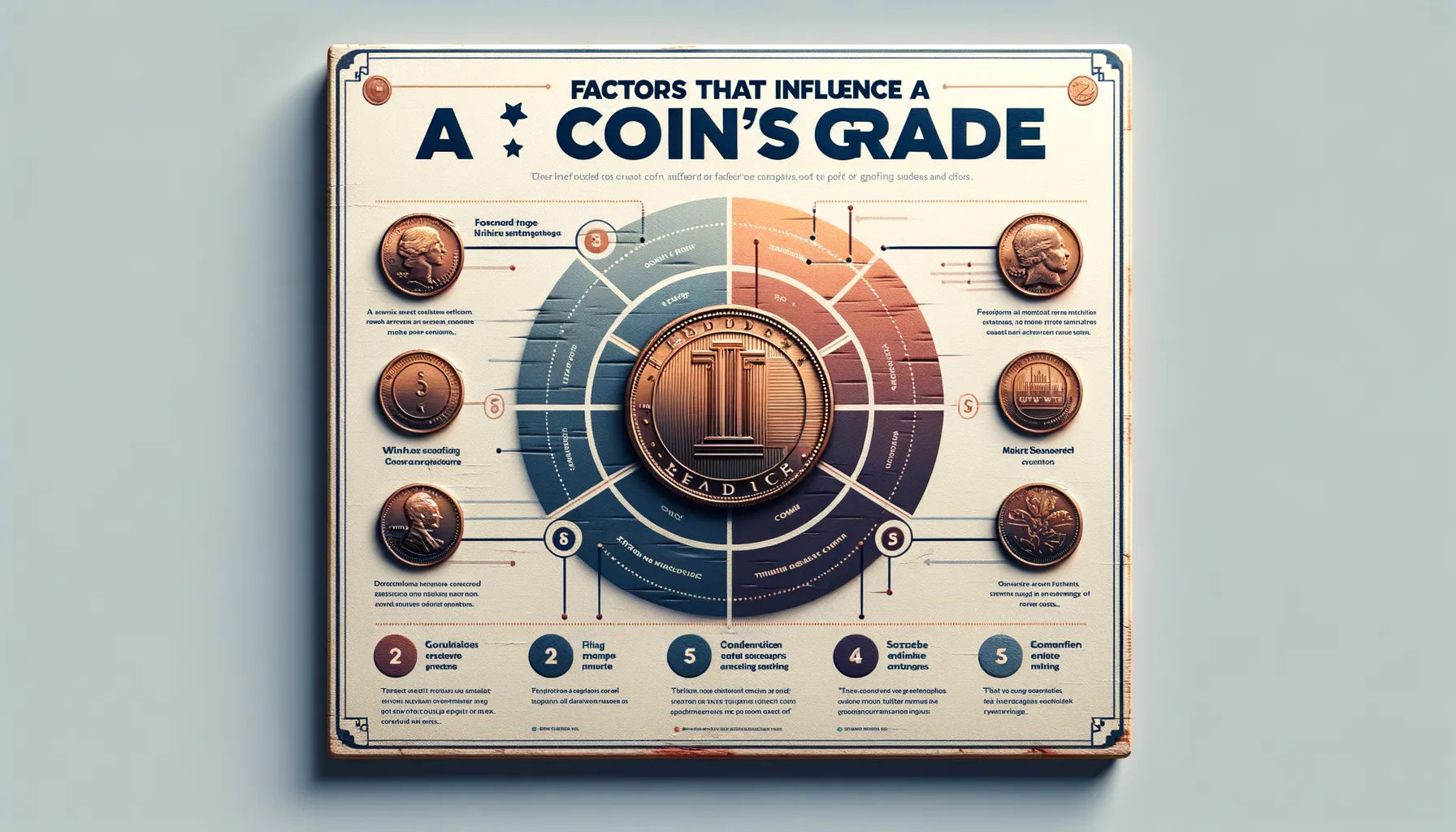
What Makes a Coin Shine or Struggle?
Imagine holding a centuries-old coin in your hand. What’s the first thing you notice? The gleaming surface, crisp details—or maybe the scratches, worn edges, or faint discoloration peeking through. These visual cues are just the beginning of what determines a coin’s grade, and trust me, it’s an intricate dance of art and science.
Here’s what graders obsess over:
- Surface Condition: Scratches, dents, or even the smallest blemishes can make or break a coin’s score. Think of it like judging a diamond—flaws matter!
- Strike Quality: Coins weren’t all struck with the same precision. Some left the mint crisp and sharp; others, less so. This is your coin’s “first impression.”
- Luster: Does the coin sparkle like sunlight on water, or does it look dull and lifeless? Luster is that magical glow collectors chase.
The Silent Impact of History
Coins tell stories, but not all chapters are kind to them. A coin’s journey—from being handled in bustling markets to sitting neglected in damp basements—deeply affects its grade. A rare gold coin untouched by time? That’s treasure. But when corrosive materials (looking at you, environmental damage) creep in, even the rarest coin can fall from glory.
And let’s not forget cleaning. Overenthusiastic polishing might sound helpful, but it’s a secret heartbreak for graders. Authenticity will always trump sparkle!
Coin Grading Scales Explained
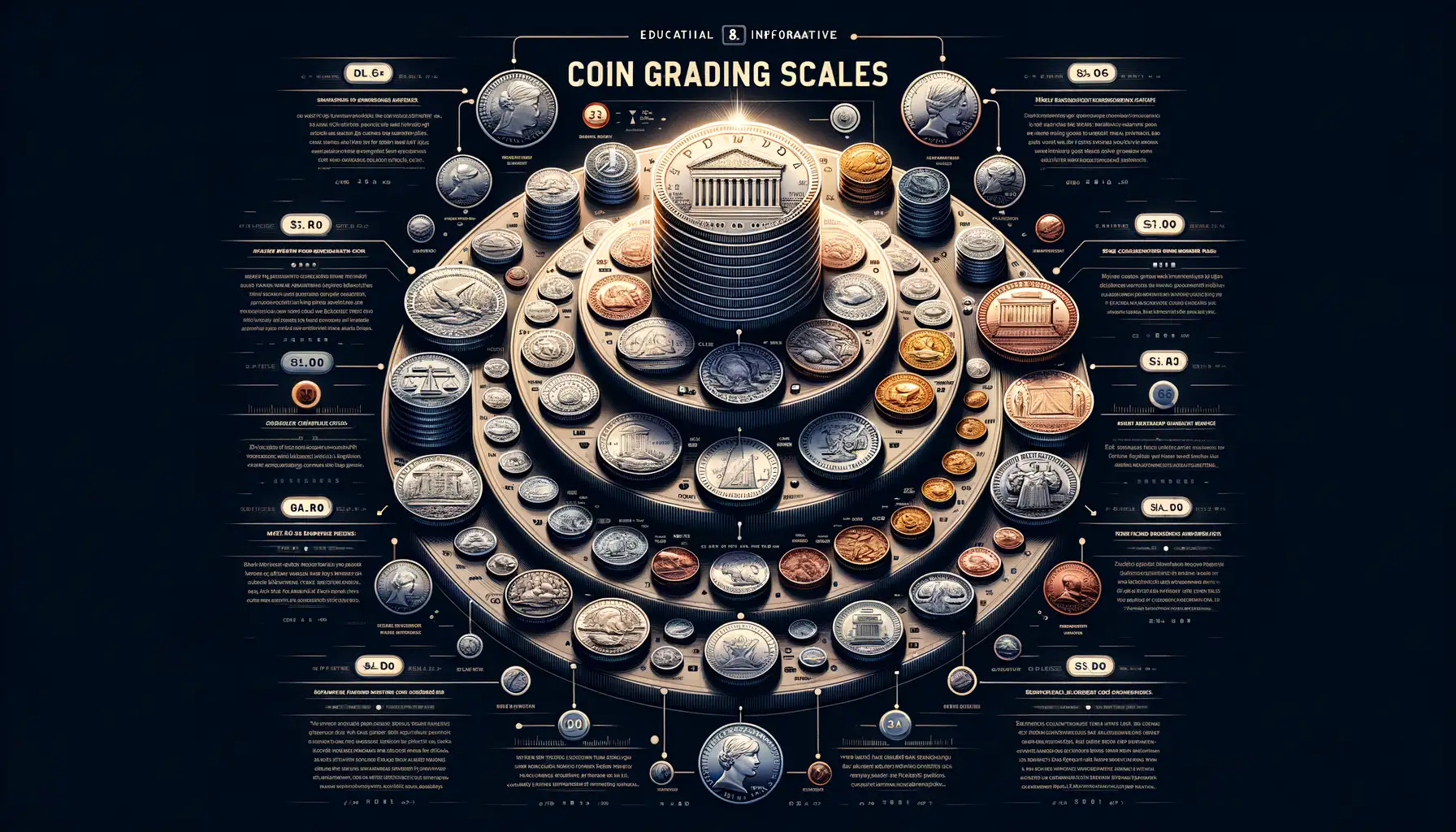
Demystifying the Numbers and Letters
When it comes to coin grading scales, you’ve probably seen those mysterious combinations of numbers and letters: MS-65, AU-58, VF-30. What do they even mean? Let’s break it down. The most widely used system is the Shelton-Grading Scale, a 1-to-70 grading scale where 70 is a perfect specimen that looks like it just rolled off the mint. Imagine it as a report card for your coin – but with far higher stakes if you’re a serious collector!
Coins are typically grouped into categories like:
- Mint State (MS): Uncirculated beauties with no wear, just dazzling luster.
- About Uncirculated (AU): Slight signs of handling but still gorgeous.
- Very Fine (VF): Clearly circulated but holding onto fine details.
Where things get really fascinating is the difference between a MS-65 and an MS-66. A single microscopic blemish can demote a coin – talk about being harshly judged! This precision is what makes professional grading both thrilling and slightly nerve-wracking for collectors.
The Role of Descriptive Grading Terms
Beyond numbers, you’ll often hear terms like “proof” or “deep cameo”. These descriptors refer to the coin’s finish or special details. “Proof” coins, for example, are struck using polished dies, giving them a mirror-like surface that screams luxury. A “deep cameo” has sharp contrasts between its frosted design and shiny background—a visual feast for the eyes.
And yes, it takes practice. Over time, you’ll be able to spot these nuances yourself, and trust me, there’s nothing more satisfying than seeing your knowledge grow!
Common Challenges in Coin Grading
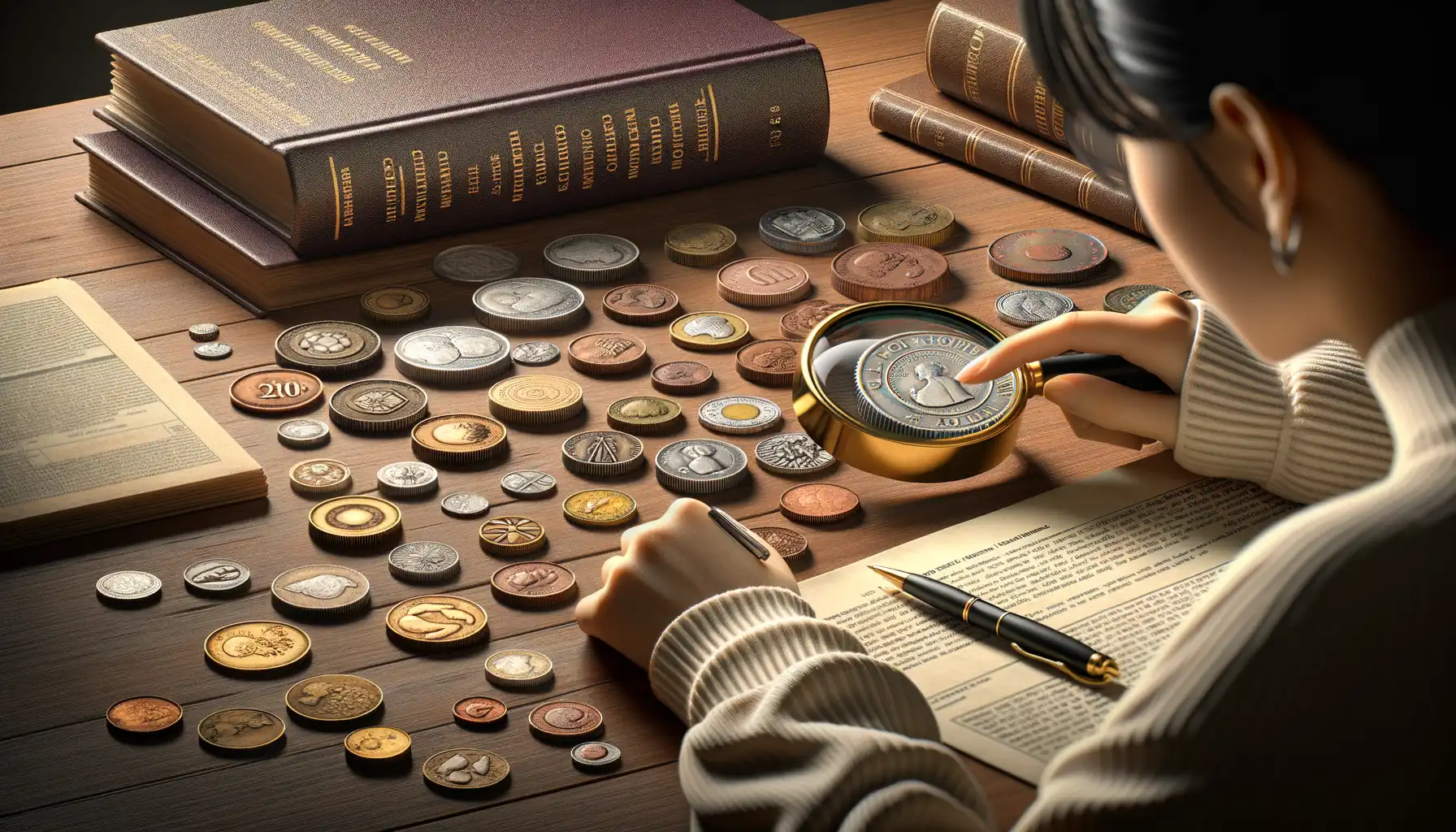
Spotting the Hidden Traps in Coin Grading
Let’s be honest: coin grading can feel like navigating an ancient treasure map—with traps hidden in plain sight. One of the trickiest challenges? Dealing with subjective interpretation. Yes, even expert graders can disagree on whether a coin deserves an MS-65 or an MS-66. Imagine spending hours admiring your coin under magnification, only to have someone else dismiss it within seconds. Frustrating, right?
Then there’s the battle against counterfeit coins. Modern tech creates fakes so convincing they could fool even seasoned collectors. Add altered coins into the fray—think polished surfaces or re-engraved details—and suddenly, every coin feels like a potential minefield. Spotting these alterations often requires eagle eyes or specialized tools.
The Devil is in the Details
Ever struggle to interpret tiny scratches and marks? You’re not alone. Deciphering **bag marks**, **rim nicks**, or subtle discoloration could mean the difference between a high grade or two steps lower. Here’s a little secret: even environmental factors like improper storage can quietly wreak havoc over time!
- Storage mishaps causing toning or tarnish
- Relying on inconsistent lighting during inspection
- Overlooking micro abrasions visible only under magnification
It’s a science and an art, wrapped in layers of patience. But hey, as any collector will tell you, the thrill of mastering these hurdles makes your collection shine brighter!
Tips for Collectors on Coin Grading
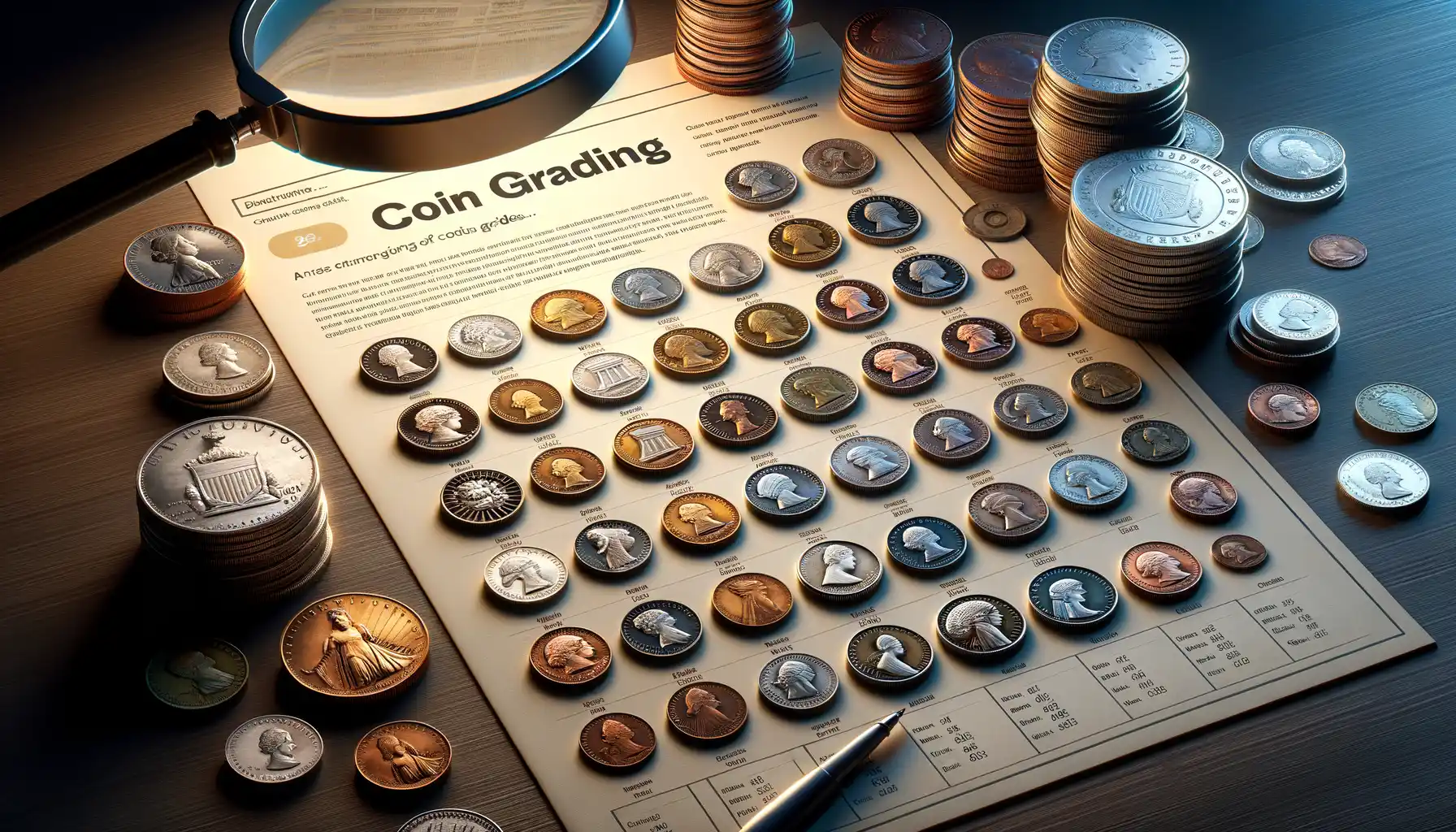
Mastering the Art of Evaluating Coins
Be honest—there’s a thrill in holding a coin and imagining its journey, isn’t there? But before you let your heart overrule your head, remember: grading is where passion meets precision. Start with lighting. A dim room? Bad idea. Aim for bright, natural light to truly see every nuance on the coin’s surface.
Inspect the wear and tear carefully. Even tiny scratches can whisper secrets about its history and value. And don’t forget your tools! A magnifying glass (10x magnification is ideal) is a collector’s best friend—it reveals details invisible to the naked eye.
For beginners, comparing your coins to images in trusted grading guides (like those published by PCGS or NGC) can help fine-tune your skills. But here’s the thing, experienced collectors will tell you—grading isn’t just science, it’s an art. Train your eyes; practice makes perfect!
- Avoid touching coins with bare fingers—use gloves to prevent oils from damaging the surface.
- Flip coins from their edges, not face-up, to avoid accidental scratches.
Don’t get discouraged if your first few attempts feel off. Trust me, every seasoned collector remembers their rookie mistakes—and their growth.



